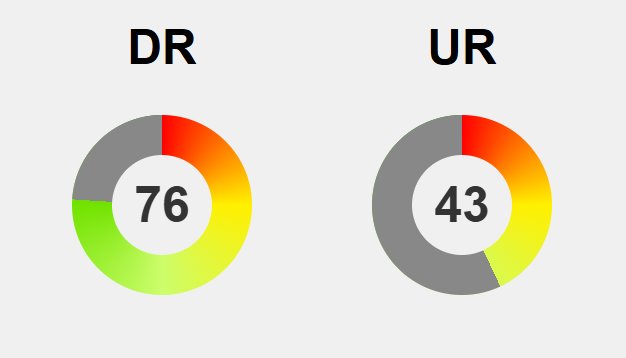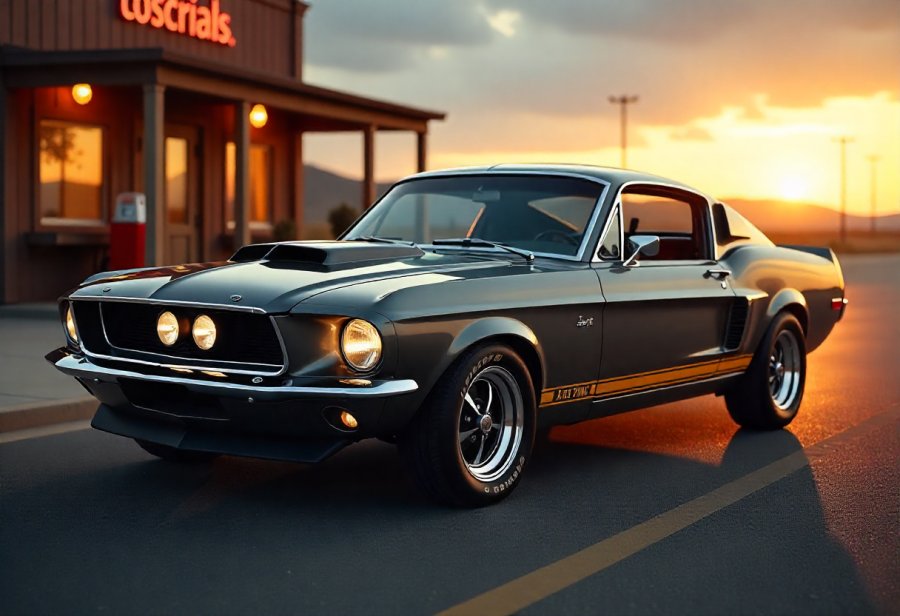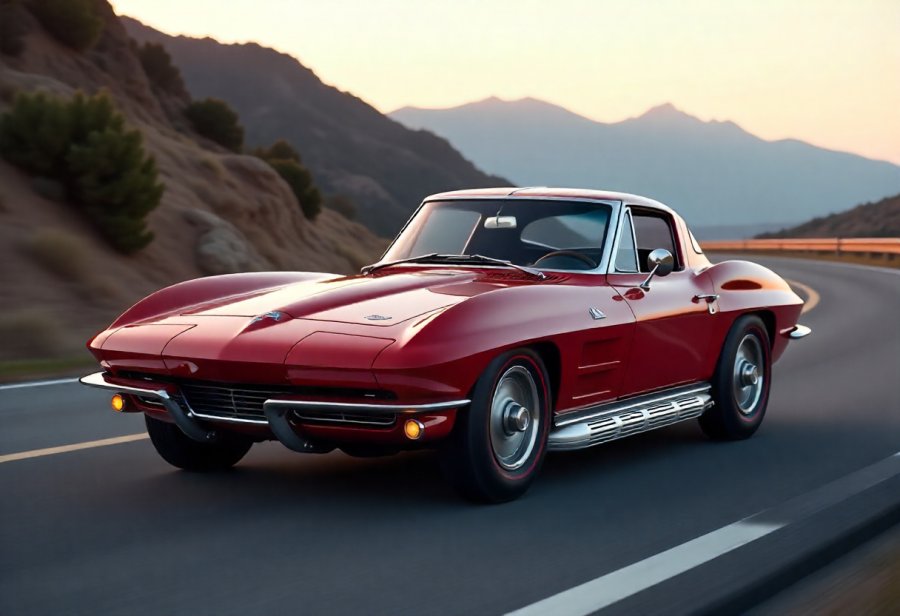Underground street racing is more than just a pursuit of speed; it’s a vibrant culture rooted in rebellion, craftsmanship, and unbreakable brotherhood. From neon-lit streets and clandestine gatherings to shared rituals and unwavering loyalty, this scene forges bonds that transcend mere adrenaline. How do these tight-knit crews maintain trust amid legal threats and safety risks? The answer lies in their resilience, evolving technology, and enduring sense of community. As digital tools facilitate covert organization and push performance boundaries with electric motors and sophisticated tuning, the scene adapts without losing its rebellious core. Could sanctioned events and virtual connections help preserve its spirit? Despite ongoing challenges, the loyalty and camaraderie that define street racing survive, thriving beyond the roar of engines. Ultimately, it’s the human connections—built on shared sacrifices and stories—that sustain this rebellious culture, making it a lasting legacy in automotive history.
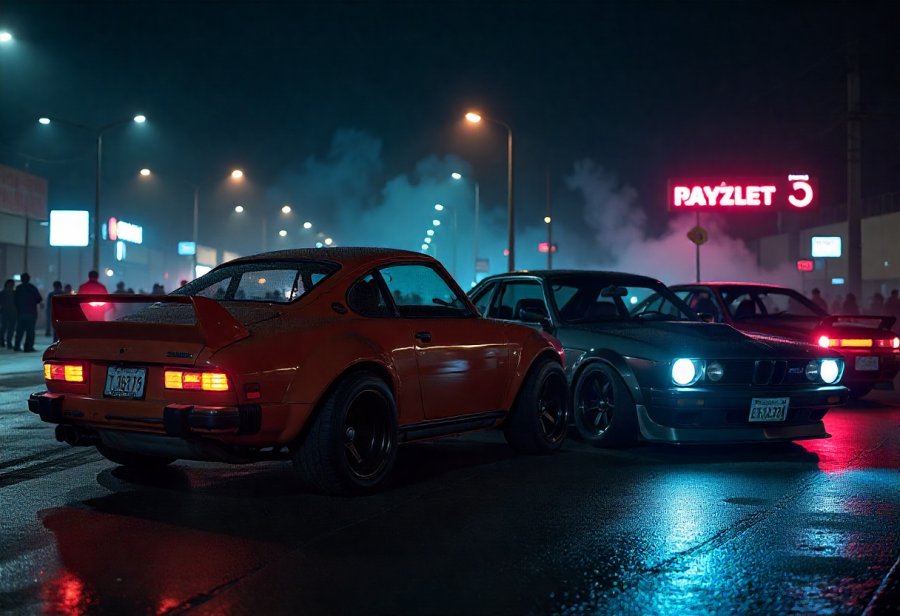
Underground Street Racing: More Than Just Speed, A Community in the Shadows
Underground street racing is more than just a adrenaline-fueled activity; it’s a vibrant part of urban life that creates a unique sense of community. In cities across the world, late-night gatherings in abandoned lots, quiet neighborhoods, or industrial zones have become a space where car enthusiasts come together to test their skills and their machines. These clandestine events often happen far from the watchful eyes of law enforcement, allowing racers to push their limits freely.
What makes street racing so compelling isn’t solely the speed—it’s the sense of belonging it fosters. Drivers and crews form tight-knit groups rooted in shared passion, craftsmanship, and loyalty. These bonds are reinforced through long nights spent tuning cars, sharing secret tricks, and supporting each other during police raids or mechanical setbacks. The scene’s camaraderie turns individual pursuits into a collective identity, where respect and trust are the currency that binds everyone.
In neighborhoods where official racing tracks are scarce or nonexistent, street racing becomes a source of pride. It’s a way for communities to express themselves through their vehicles, showcasing creativity, skill, and resilience. These nights aren’t just about winning—they’re about connection, pushing boundaries together, and creating memories that last a lifetime. The scene’s appeal lies in its rebellious spirit and the genuine relationships formed amid the chaos.
The roots of underground racing stretch back decades, born from a mix of car culture, youthful rebellion, and a desire to escape the constraints of formal competition. Early on, racers would gather spontaneously, turning city streets into makeshift tracks under the cover of darkness. Over time, the scene grew, influenced by media, movies, and online forums that romanticized the outlaw lifestyle and celebrated the craftsmanship behind each modified car.
Today, digital platforms have made it easier for racers to organize covert events and share knowledge across borders. Despite ongoing legal challenges and safety concerns, the community remains resilient. The core of street racing is about more than speed; it’s about a shared sense of purpose, loyalty, and the unbreakable bonds that form when people come together in pursuit of a common passion. It’s this unity that keeps the spirit of underground racing alive, thriving in the shadows and beyond.
Roots of Rebellion: Tracing the Evolution and Origins of Street Racing
Underground street racing didn’t emerge out of nowhere; it evolved from a blend of car culture, youthful rebellion, and a desire to push boundaries beyond what legal tracks allowed. In its early days, enthusiasts would gather spontaneously in city streets—parking lots, alleyways, quiet neighborhoods—late at night when police presence was minimal. These impromptu gatherings became a way for drivers to test their skills and machines without the constraints of formal racing circuits, making speed and craftsmanship a form of self-expression and identity.
As the scene grew, so did the customs and unwritten rules that define its culture. Car modifications—adding turbochargers, customizing aesthetics, tuning engines—became more than just performance upgrades. They reflected personal style, craftsmanship, and pride in one’s work. Movies like “The Fast and the Furious” and online forums helped romanticize the scene, portraying street racing as rebellious, skillful, and deeply rooted in brotherhood. This media attention fueled its expansion from local meets to a global phenomenon.
The rise of digital technology in the late 1990s and early 2000s dramatically expanded the scene’s reach. Online communities connected racers across cities and countries, making clandestine races easier to organize and knowledge-sharing more accessible. Virtual platforms fostered a sense of worldwide kinship, turning street racing into a shared culture that transcended borders. Iconic races in Los Angeles, Tokyo, and beyond became legendary symbols of defiance and ingenuity, embodying a spirit of rebellion and craftsmanship that still drives the scene today.
Influences from Japanese drifting, European tuning, and American muscle cars created a rich tapestry of styles and techniques. This fusion allowed communities to develop unique identities through their cars and racing methods. The stories and traditions passed down within these groups fostered resilience and a sense of belonging, transforming street racing from a mere pastime into a lifestyle rooted in creativity, skill, and shared pride.
Despite rapid growth and international recognition, underground street racing faced consistent challenges from law enforcement. Police patrols, surveillance, and crackdowns pushed racers to operate more covertly, moving locations quickly to avoid detection. Safety concerns, given the lack of proper racing infrastructure, also cast shadows over the scene. Yet, these hurdles only strengthened the community’s resilience, as racers adapted by developing discreet communication methods and safety protocols that allowed them to keep their culture alive.
Today, street racing continues to evolve, blending tradition with innovation. Advances in car technology—such as electric motors and lightweight materials—push performance boundaries, while digital tools facilitate safer, more organized events. Some racers seek sanctioned competitions that maintain the camaraderie and skill of underground racing while offering a safer environment. These adaptations show how the scene remains dynamic, rooted in its rebellious origins but capable of embracing change.
Through it all, the core remains unchanged: underground street racing is about more than just speed. It’s about community, craftsmanship, resilience, and pushing limits—both on the streets and within the bonds of brotherhood. This history highlights a scene that’s continuously driven by passion and rebellion, forging a legacy that extends far beyond the roar of engines.
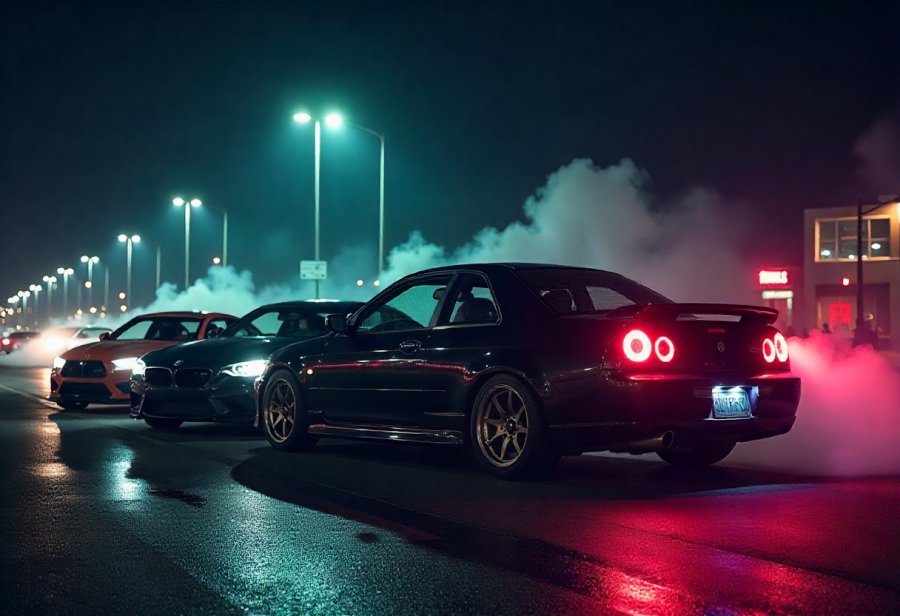
Loyalty on the Streets: The Deep Social Bonds of Street Racing Communities
The social fabric of street racing runs far deeper than the thrill of a quick getaway. It’s built on a foundation of trust and loyalty that transforms a group of racers into a true brotherhood. These bonds are forged through countless nights spent tuning engines, sharing secret modifications, and supporting each other in moments of legal threat or mechanical failure. Success isn’t just measured by wins on the street but by the strength of the relationships that hold the community together.
Within these crews, unspoken rules and rituals reinforce their unity. Arriving early to scout race spots, inspecting safety gear in silence, or exchanging subtle signals before a race—all these small acts create a shared language rooted in respect. Supporting one another’s cars, passing down insider knowledge, and standing shoulder-to-shoulder during police sweeps deepen the trust that makes the scene resilient. It’s a bond that turns individual adrenaline rushes into collective victories, each reaffirming their unwavering loyalty.
This sense of brotherhood is reinforced by the shared risks they take. Pushing limits on unpredictable streets comes with dangers—crashes, legal issues, safety hazards—but the community’s trust in each other makes the risks worth it. When a member faces setbacks, whether mechanical or legal, the crew rallies around them, transforming setbacks into shared stories and lifelong memories. These moments bind members in a loyalty that extends well beyond the asphalt.
Despite evolving technology and shifting attitudes, the core values remain intact. Modern racers use GPS, online forums, and covert communication to stay connected, but they still rely on face-to-face interactions and shared struggles. These relationships aren’t just about the speed they chase but about resilience, respect, and a common purpose that keeps the community alive. The stories of legendary crews and drivers continue to inspire, passing down lessons of loyalty and brotherhood across generations.
Law enforcement and safety concerns test this resilience, yet the scene adapts. Racers develop secretive communication methods and safety protocols to operate covertly, safeguarding their bonds amid external pressures. This ability to evolve without losing their core identity underscores the scene’s strength: loyalty and kinship are the heartbeat of underground racing, more enduring than any engine or modification.
In the end, the power of underground street racing lies in its people. The connections formed through shared passion and mutual reliance create a community stronger than any car or race. These lifelong bonds, built on trust and resilience, are what truly define the scene. Beyond the roar of engines and adrenaline, it’s the brotherhood—woven through stories, sacrifices, and loyalty—that keeps the spirit of street racing alive and thriving.
For many, these relationships extend beyond the raceway, forming networks of support and mentorship that last a lifetime. As new generations continue to join the scene, the importance of maintaining trust and loyalty remains central. To learn more about how these communities stay connected and protect their bonds, you can explore this comprehensive guide on street racing culture.
Brotherhood in Motion: How Trust and Loyalty Define Underground Racing
Street racing is about more than just the thrill of speed; it’s about forging a brotherhood built on trust, loyalty, and shared experiences. When racers gather, they quickly learn that success depends on more than having a fast car—it’s about knowing they can rely on each other through every twist and turn. Whether sharing secret tips on engine tuning or helping a teammate fix a broken setup after a tough run, these bonds are formed through long nights of support, collaboration, and mutual reliance. Over time, these crews become more than just racing groups—they evolve into a close-knit family where loyalty is the foundation of everything they do.
Within these crews, unspoken rituals and codes keep everyone aligned. Arriving early to scout out the best spots, quietly inspecting safety gear, or exchanging subtle signals before a race—these small acts create a shared language rooted in respect and understanding. Supporting each other’s cars, passing down insider knowledge, and standing shoulder-to-shoulder during police sweeps deepen the trust that makes the scene resilient. Each act of loyalty, no matter how small, reinforces a collective identity that goes beyond individual achievements.
This sense of brotherhood is strengthened by the risks they face together. Pushing their limits on unpredictable streets comes with dangers—crashes, legal threats, and safety hazards—but their trust in each other makes those risks worth taking. When a member faces setbacks, whether mechanical or legal, the community rallies around them, turning challenges into stories of resilience and shared pride. These moments forge memories that last a lifetime, cementing a loyalty that endures beyond the asphalt.
Even as technology and attitudes evolve, the core values remain intact. Modern racers use GPS, online forums, and covert communication to stay connected, but they still lean on face-to-face support and shared struggles. These relationships aren’t just about the adrenaline—they’re about resilience, respect, and a common purpose that keeps the community strong. Tales of legendary crews and drivers continue to inspire, passing down lessons of loyalty and brotherhood from generation to generation.
Despite ongoing threats from law enforcement and safety concerns, the scene’s resilience lies in its ability to adapt. Racers develop secretive communication methods and safety protocols, protecting their bonds amid external pressures. This capacity for evolution without losing their core identity proves that loyalty and kinship are what truly sustain underground racing. Their relationships are more valuable than any victory, forming the true heart of the scene.
At its core, underground street racing is about the people who make it. The bonds built through shared passion, risks, and victories create a community stronger than any engine or car modification. These lifelong connections—woven through stories, sacrifices, and unwavering trust—are what keep the spirit alive. Beyond the roar of engines, it’s the brotherhood and loyalty that define the scene’s enduring power.

Shaping the Future: Innovation, Safety, and the Evolving Spirit of Street Racing and Brotherhood
The future of street racing and brotherhood is set to be as dynamic and unpredictable as the engines that drive it. Technological advances are reshaping how racers connect, organize, and compete, with digital tools like GPS tracking, online forums, and private messaging apps making clandestine events easier to plan and more discreet. These innovations help maintain the scene’s rebellious edge while enhancing safety and coordination, allowing communities to adapt to growing legal pressures without losing their core spirit.
Meanwhile, improvements in car technology are pushing performance limits even further. Electric motors, sophisticated ECU tuning, and lightweight materials enable racers to achieve faster, more consistent runs. These upgrades not only make street racing more competitive but also safer—blurring the line between underground and sanctioned events. This mix of tradition and innovation keeps the scene vibrant, ensuring the values of skill, craftsmanship, and loyalty stay at its heart despite rapid change.
Many in the community are exploring safer, legal competitions as a way to preserve camaraderie and skill. These events aim to offer a legitimate outlet for passion while reducing risks, helping to bridge the gap between illegal street runs and official motorsport. Far from diluting the scene, this evolution provides a new platform for shared experiences rooted in trust and mutual respect, drawing in newcomers who seek both thrill and safety.
Technology’s role extends beyond organization; it also helps safeguard traditions. Digital storytelling, virtual reality, and social media keep alive the legends and rituals that define underground racing. Younger generations find creative ways to honor the history while pushing the scene forward—sharing videos, hosting online meetups, and building global networks that reinforce a sense of kinship. These tools help keep the community connected across borders, ensuring the culture endures beyond local limits.
Despite ongoing legal and safety challenges, the scene’s resilience shines through. Racers develop covert communication methods and safety protocols that allow them to operate discreetly and protect their bonds. This ability to adapt without sacrificing core values demonstrates that loyalty and brotherhood are more than just words—they’re the foundation that sustains the scene through every obstacle and shift.
Looking ahead, the next generation will likely innovate while holding tight to the scene’s fundamental principles. Digital platforms, virtual events, and even gaming-inspired experiences could become part of the scene’s fabric, creating new ways for enthusiasts to connect and compete. As long as shared passion, trust, and community remain central, underground racing will continue to evolve without losing its rebellious heart.
Ultimately, the strength of underground street racing lies in its people. The bonds forged through shared risks, victories, and stories form a resilient community that’s greater than any engine or modification. This loyalty and brotherhood will keep the scene alive, thriving in both shadow and light, reminding us that beyond speed, it’s the human connections that define its enduring legacy.





